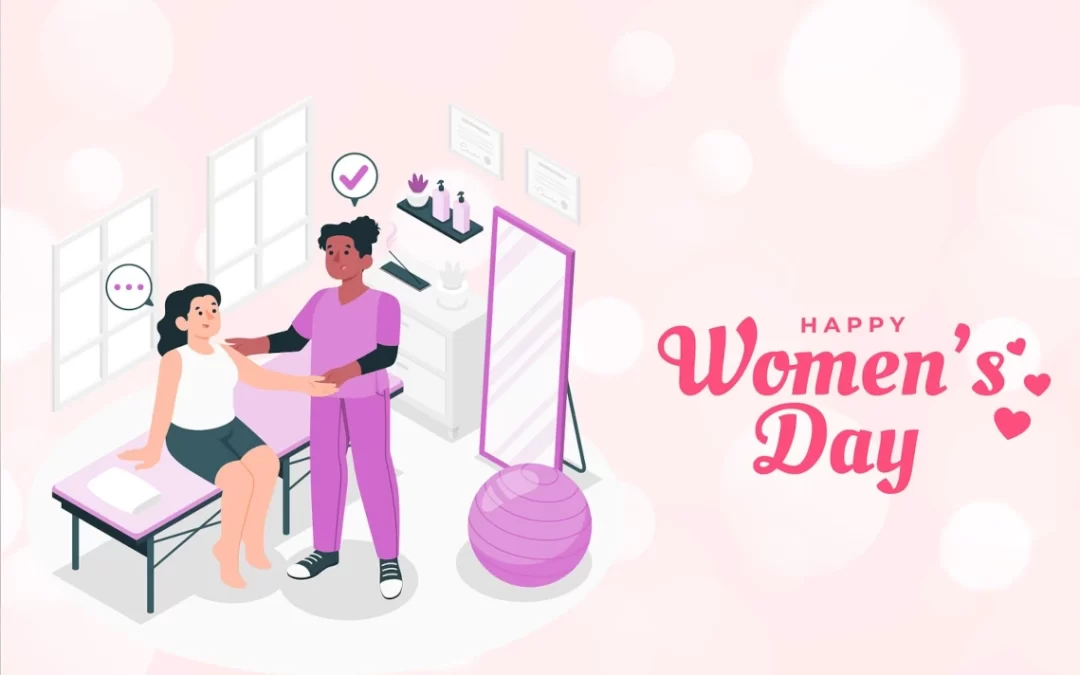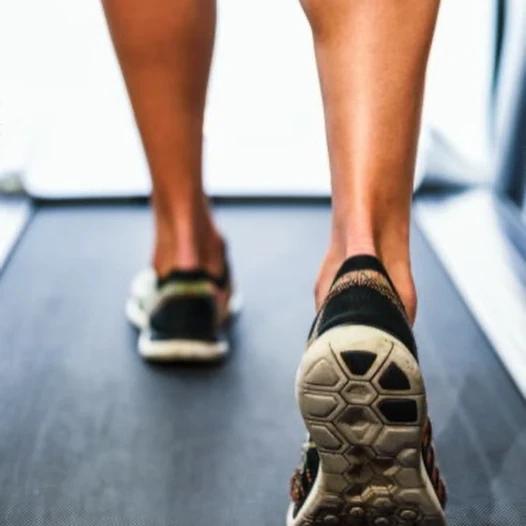Walking backwards
Walking is more complicated than many of us realize. Remaining upright requires coordination between our visual and proprioceptive (awareness of where our bodies are in space) systems.
When we walk backwards, it takes longer for our brains to process the extra demands of coordinating these systems. However, this increased level of challenge brings with it increased health benefits.One of the most well-studied benefits of walking backwards is improving stability and balance. Walking backwards can improve forward gait (how a person walks) and balance for healthy adults and those with knee osteoarthritis. Walking backwards causes us to take shorter, more frequent steps, leading to improved muscular endurance for the muscles of the lower legs while reducing the burden on our joints.
Adding changes in incline or decline can also alter the range of motion for joints and muscles, offering pain relief for conditions such as plantar fasciitis – one of the most common causes of heel pain.
The postural changes brought about by walking backwards also use more of the muscles supporting our lumbar spine – suggesting backwards walking could be a particularly beneficial exercise for people with chronic lower back pain.
While normal walking can help us maintain a healthy weight, walking backwards may be even more effective. Energy expenditure when walking backwards is almost 40 percent higher than walking at the same speed forwards.
When we become confident with travelling backwards, progressing to running can enhance the demands further. While often studied as a rehabilitation tool, backward running increases the strength of crucial muscles involved with straightening the knee.
How to get started
Walking backwards is simple, but that doesn’t mean it’s easy. So, PLEASE use a treadmill! Or practice in a safe environment more likely to miss obstacles and hazards that we could crash into or fall over.
For more info
Therapeutic efficacy of walking backward and forward on a slope in normal adults

Text Neck Syndrome
Refers to a repetitive stress injury to the neck caused by having your head in a forward position for extended period. The forward pending posture affects the curvature of the cervical spine, the neck and shoulder muscles, and supporting ligaments. “Text Neck” Is...

7 Years in partnership with Formthotics
7 Years in partnership with Formthotics to deliver this fantastic product. Formthotics insole orthotic solutions have been in use for the last 30 years and have provided physiotherapists with an immediate solution to foot, ankle and lower limb biomechanical...

Spring and Jogging
With spring here and more people jogging outside, what are some good stretches to do? After a vigorous run, muscles will also be full of lactic acid. Stretching helps the blood flow to the muscles to remove the lactic acid, which improves recovery. Finally, stretching...

One Thing You Must Know if You Work at a Desk (Save Your Back!)
Desk work and back pain go hand in hand, but it doesn’t have to be that way. If you want to improve your sitting posture, fix your back pain, and learn how to have a healthier spine when working at your desk develop good sitting habits, and you’ll save yourself a lot...

Women’s Day
Suppose you’re hospitalized, you’ll want to have qualified medical professionals around you, but does it matter if your doctor is a female or a male?It might.Both male and female medical representatives have their own implications in terms of approach. But female...

3 Signs That You Have Tight Hamstrings
Sometimes it’s obvious when tight hamstrings are resulting in stiffness and difficulty working out or accomplishing your everyday tasks, whether that’s walking or bending over. But sometimes it’s a lot less clear.If you’re not sure about the state of your hamstrings,...

Meet our Team
We are so happy to work together, to make sure we can achieve the best outcome for your problem. We all do what we do very well, but each one of us is better at one thing than another, and for that reason we might ask you to come and see one of our...

Webinar WHO
Webinar Make a date for World Health Organization (WHO) webinar: addressing musculoskeletal conditions. 12:00-13:00 CET, 28 Feb.Musculoskeletal conditions impact individuals globally, contributing significantly to years lived with disability. The burden extends to...

Hypopressive Exercises: Can help your Back Pain
Hypopressive exercises are great for toning the abdominal muscles and are especially suitable for people who suffer from back pain. Since these exercises do not require spinal movement, they can even be performed by people with herniated discs.The hypopressive...

Spinal manipulation
What You Need To Know Spinal manipulation is a technique where practitioners use their hands to apply a controlled thrust to a joint of your spine. The amount of force can vary, but the thrust moves the joint more than it would on its own.Most spinal manipulations are...







0 Comments